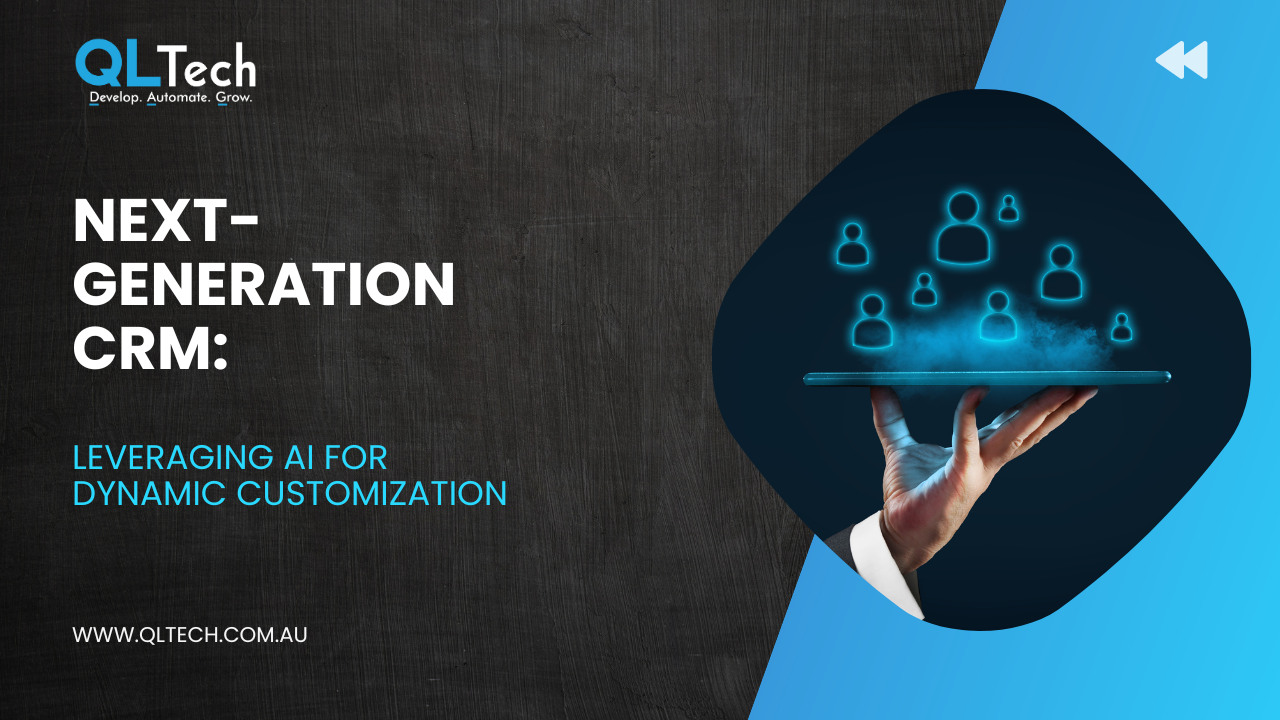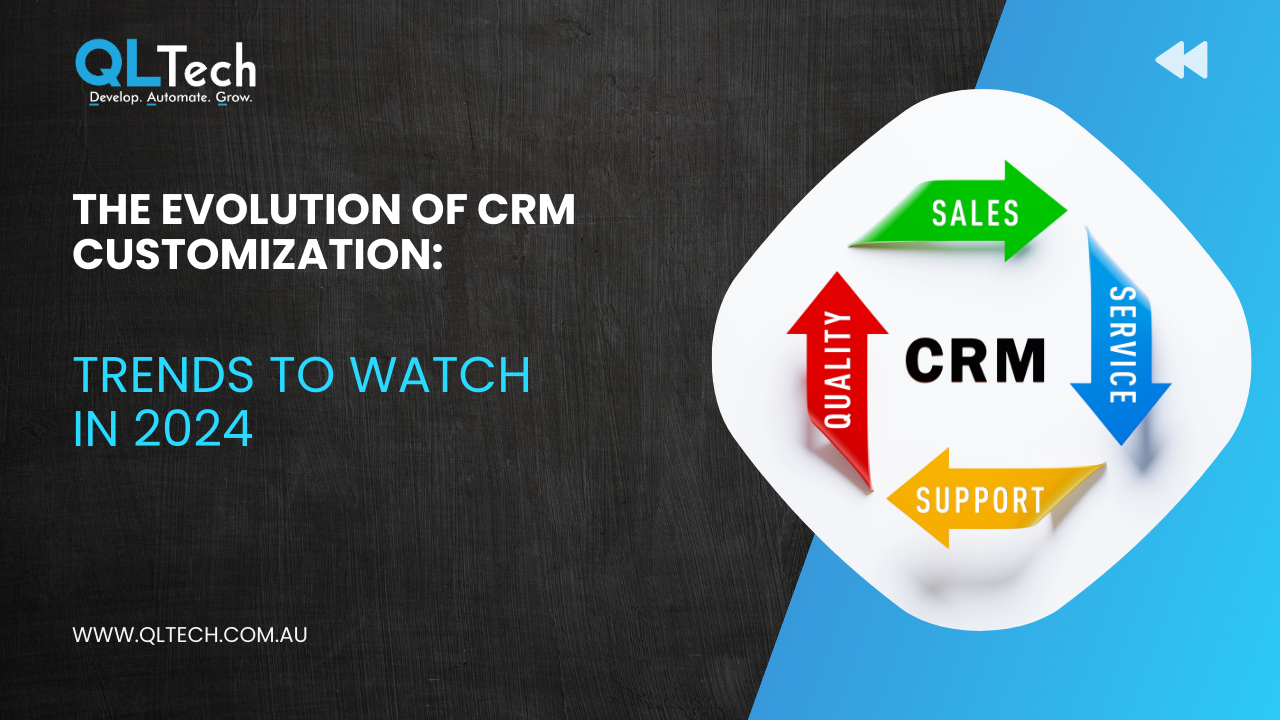In today’s rapidly evolving business landscape, off-the-shelf software solutions may not always meet the unique requirements and challenges of every organisation. Custom development offers a tailored approach to building software applications, ensuring that they align precisely with a business’s specific needs. In this blog post, we will explore the advantages of custom development and how it enables businesses to optimise processes, enhance productivity, and gain a competitive edge by creating bespoke solutions.

Alignment with Business Processes:
Off-the-shelf software often requires businesses to adapt their processes to fit the predefined functionalities of the software. Custom development, on the other hand, allows organisations to design software that aligns perfectly with their existing business processes. Developers work closely with stakeholders to understand workflows, requirements, and pain points, resulting in a solution that streamlines operations, eliminates inefficiencies, and enhances productivity.
Scalability and Flexibility:
Custom-developed solutions offer scalability and flexibility to adapt to changing business needs. As businesses grow, their software requirements evolve. Custom software allows for seamless integration of new functionalities, modules, and features as the organisation expands. With custom development, businesses have full control over the software’s architecture and can easily modify and scale it to meet future demands without being limited by pre-existing constraints.
Enhanced Security:
Off-the-shelf software is susceptible to security vulnerabilities as it is widely available and targeted by potential threats. Custom development provides an opportunity to prioritise security from the ground up. Developers can implement robust security measures, tailored authentication protocols, and data encryption techniques specific to the business’s requirements. This ensures that sensitive data and valuable assets are protected, reducing the risk of breaches and unauthorised access.
Competitive Advantage:
Custom-developed solutions can give businesses a significant competitive advantage by offering unique functionalities that are not available in off-the-shelf software. Custom software can be tailored to include industry-specific features, specialised reporting tools, and integrations with other business systems, enabling businesses to differentiate themselves in the market. This advantage allows organisations to deliver superior customer experiences, improve operational efficiency, and gain a competitive edge over competitors relying on generic software solutions.
Cost-Effectiveness in the Long Run:
While custom development may involve a higher upfront investment compared to off-the-shelf software, it can be more cost-effective in the long run. Custom software eliminates the need for costly licenses, subscriptions, and ongoing fees associated with commercial software. Additionally, as the business evolves, custom software can adapt and scale without the need for significant additional investments or disruptions. Over time, the tailored solution proves to be a more cost-efficient option compared to continually customising and integrating off-the-shelf software.
Dedicated Support and Maintenance:
With custom development, businesses have direct access to a development team who understands the intricacies of the software. This enables prompt support, maintenance, and updates tailored to the organisation’s specific needs. Businesses can rely on the development team’s expertise to resolve issues quickly, address software updates, and provide ongoing technical support, ensuring smooth operations and minimising downtime.
Conclusion:
Custom development offers numerous advantages for businesses by providing tailored solutions that align with their unique needs. From process alignment and scalability to enhanced security, competitive advantage, cost-effectiveness, and dedicated support, custom-developed software empowers organisations to optimise operations and gain a competitive edge in today’s dynamic business landscape. By investing in custom development, businesses can leverage technology to unlock their full potential and drive sustainable growth.
Join our community and never miss an update! Subscribe to our newsletter and blog to stay up-to-date on the latest trends, tips, and insights in your area of interest. Don’t miss out on exclusive content and promotions. Sign up now and be a part of our growing community!









